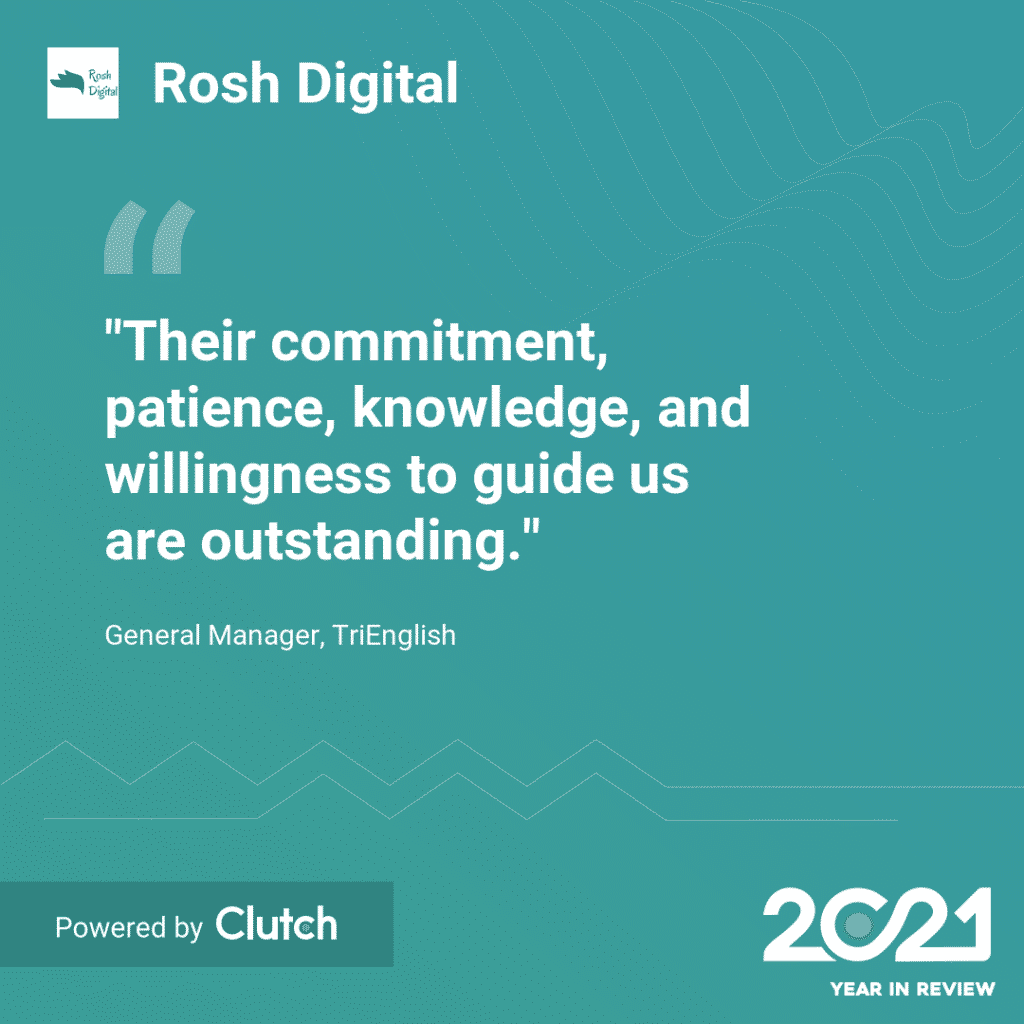Introduction
Google Shopping has become an essential channel for e-commerce businesses to reach their target audience and drive sales. To succeed in Google Shopping, having a well-optimized site structure is crucial. In this article, we will discuss the ultimate site structure for effective Google Shopping management, helping you enhance your visibility, increase conversions, and improve your overall performance.
Organize your product categories
Start by organizing your products into logical categories. This helps both search engines and shoppers navigate your website more easily. Group similar products together under relevant categories and subcategories. For example, if you sell clothing, you could have categories like “Men’s Apparel,” “Women’s Apparel,” “Accessories,” etc.
Utilize clear and descriptive URLs
Create clean and descriptive URLs for your product pages. Include relevant keywords that accurately describe the product. Avoid using random strings of numbers or symbols in your URLs, as they can be confusing for both users and search engines. A clear URL structure helps search engines understand your site’s hierarchy and improves the user experience.
Optimize product titles and descriptions
Craft compelling and keyword-rich product titles and descriptions. Include relevant keywords that accurately represent your products. Use descriptive language that highlights the unique features and benefits of each product. Ensure that your titles and descriptions are unique for each product and avoid duplicate content.
Implement structured data markup
Structured data markup, such as schema.org, helps search engines understand the content on your product pages better. Implementing structured data allows you to provide additional information, such as price, availability, and reviews, directly in the search results. This enhanced visibility can lead to higher click-through rates and improved rankings.
Improve site speed and mobile-friendliness
Site speed and mobile-friendliness are critical factors for both user experience and search engine optimization. Optimize your website’s loading time by compressing images, minifying code, and utilizing caching techniques. Additionally, ensure that your website is fully responsive and provides a seamless browsing experience on mobile devices.
Implement user-friendly navigation
A clear and intuitive navigation structure is essential for users to find their desired products quickly. Use dropdown menus or a sidebar with categories to allow easy navigation. Implement breadcrumbs to indicate the user’s location within your site hierarchy. Including a search bar also enables users to find specific products without hassle.
Optimize product images
High-quality product images play a significant role in attracting and engaging potential customers. Optimize your images by compressing them without compromising quality. Use descriptive file names and alt tags that include relevant keywords. Additionally, ensure that your images are properly sized and load quickly to enhance the overall user experience.
Provide customer reviews and ratings
Customer reviews and ratings build trust and credibility, helping potential customers make informed purchasing decisions. Implement a review system on your product pages and encourage customers to leave feedback. Display star ratings and review snippets in search results using structured data markup, increasing your visibility and click-through rates.
Monitor and analyze performance

Regularly monitor and analyze the performance of your Google Shopping campaigns. Utilize Google Analytics and Google Ads to gather insights on traffic, conversions, and other relevant metrics. Identify areas of improvement and make data-driven decisions to optimize your site structure and enhance your Google Shopping management efforts.
Conclusion
Optimizing your site structure is vital for effective Google Shopping management. By implementing the strategies discussed in this article, you can enhance your visibility, improve user experience, and drive more conversions. Remember to stay up-to-date with the latest best practices and continually refine your site structure based on performance analysis. With a well-optimized site structure, you can maximize the potential of Google Shopping and boost your online sales.













